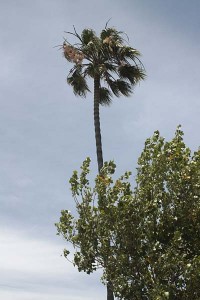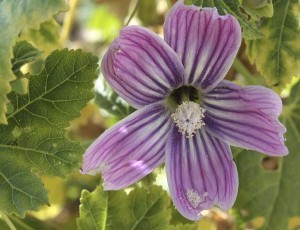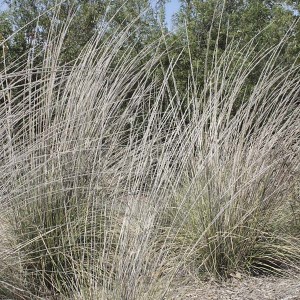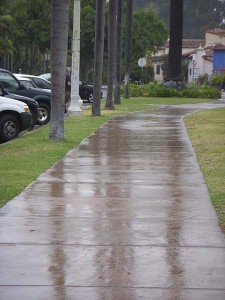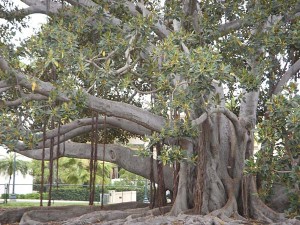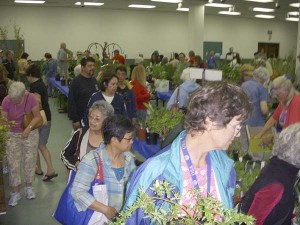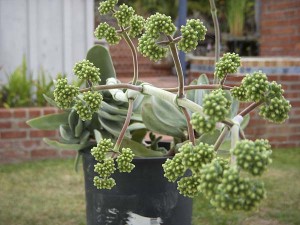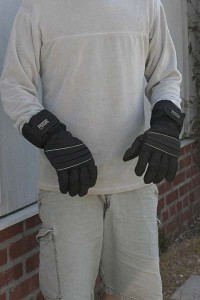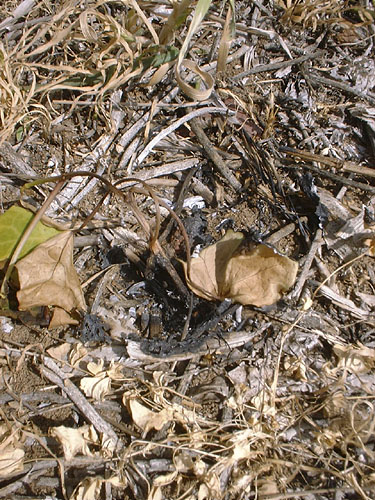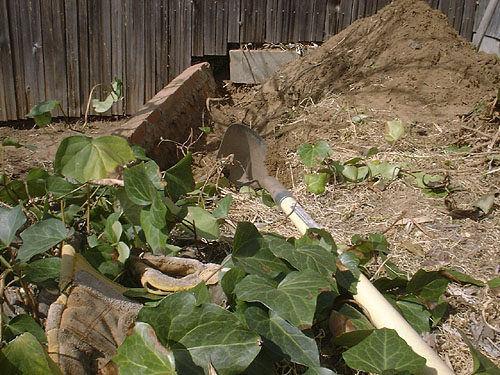I’m sure you’ve read those earnest but wacked letters sent to advice columns, letters where the writer wants to share a piece of housekeeping ingenuity that you look at and find yourself gobsmacked by the total uselessness of the advice being offered. These letters might begin something like, “Dear Heloise, you know, I never throw out corn tassels anymore because I realized that I could use them to make wigs for my pet iguana…” (I might be making this one up. Maybe not. It doesn’t really matter.)
Both John and I had read in one of the papers a while back that you could use boiling water to control weeds. Inspired one day after making a pot of pasta, remembering what he’d read, John drained the pasta water out onto some weeds that were growing in the cracks out on the patio. Not long afterwards the weeds croaked. Somehow it all seemed to make sense.
So…at the risk of sounding too much like like Heloise…I pass on this piece of gardening advice.
You’ll have to think this method through a little before applying it to many situations in the garden. This works if you want to kill everything, like in the middle of hardscape, but probably isn’t a good idea if there might be roots of a desirable plant nearby. Also, it really does take a lot of boiling water to polish off some stubborn plants. It’s not a particularly effective or method. If you salt your pasta water to the point of seawater you might not want to introduce all the salts near fragile plants. And the hot water might even stimulate some dormant seeds into growth, since the method is almost exactly the “hot water method” that’s referred to in manuals on seed propagation.
Still, if you find yourself with a big pot of boiling water that you’d otherwise dump down the drain and have a patio full of weeds nearby, this might be just the thing to do.
While out weeding I’ve been noticing that some of the plants growing up in the cracks aren’t the standard nasty beasties that have been plaguing me over the years. These are in fact some California natives, seedlings of parents I’ve planted in the garden in places where I wanted them. The seedlings are trying to start up a new generation in places where I really don’t want them, but I’m having a hard time pulling them out.
This one’s Clarkia rubicunda ssp. blasdalei. I think I’ll let it flower before removing the plant. It’s an annual, besides, so I should be able to indulge it for a month longer, to let it fulfill its biological destiny.
San Miguel Island buckwheat, Eriogonum grande var. rubescens, one of several I’ve noticed recently. I like the plant, but I’m afraid its choice of location sucks. I think I’ll be able to pull it out soon.
California sagebrush, Artemisia californica. I really hate to pull up anything with a species name of “californica,” but once again its choice of location totally sucks. So far–for over a year now–it’s avoided getting doused with pasta water or getting yanked out of the ground. But a plant in the wrong place is a plant in the wrong place.
I have to admit it. This plant, in this spot, is a weed.













